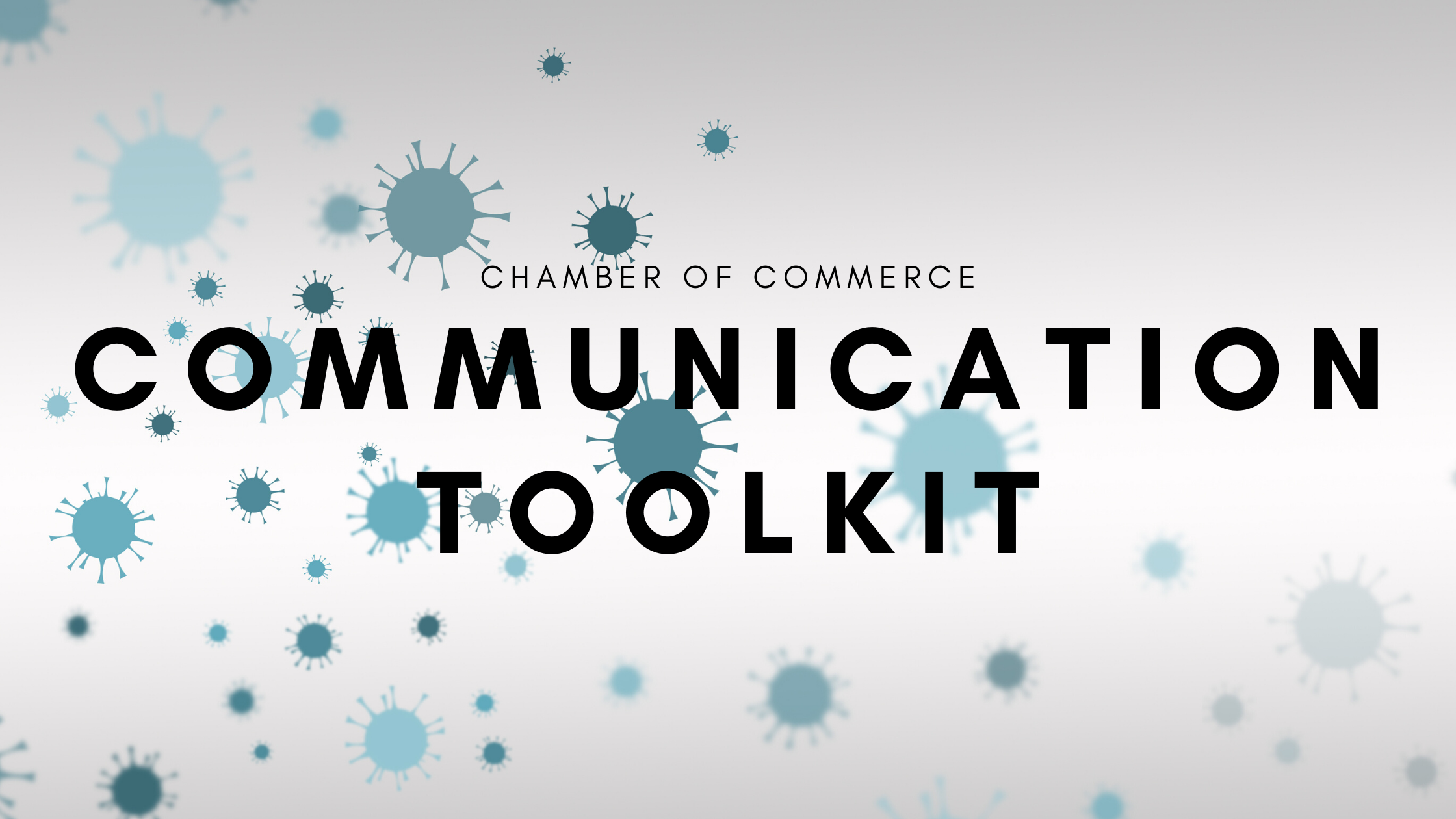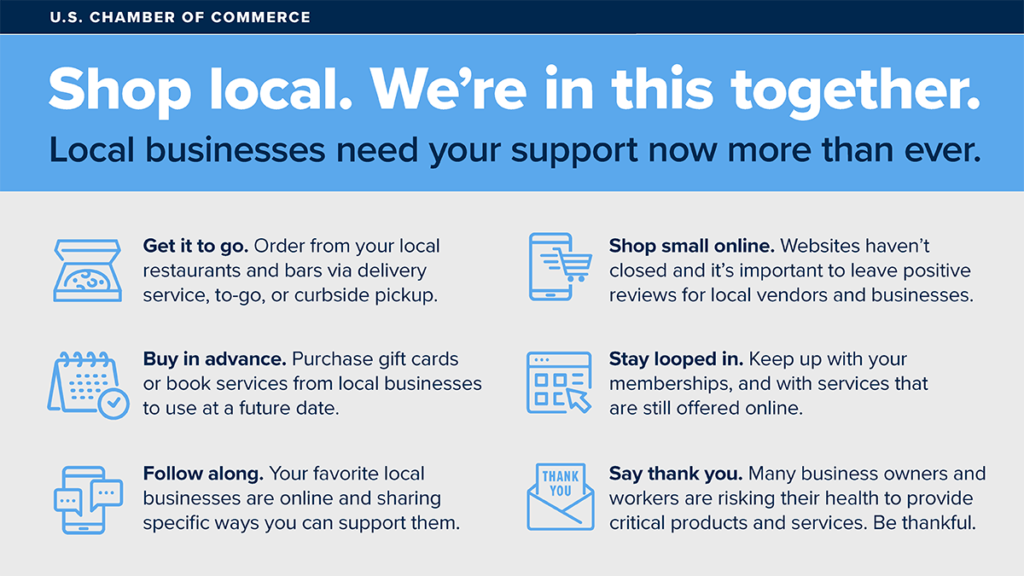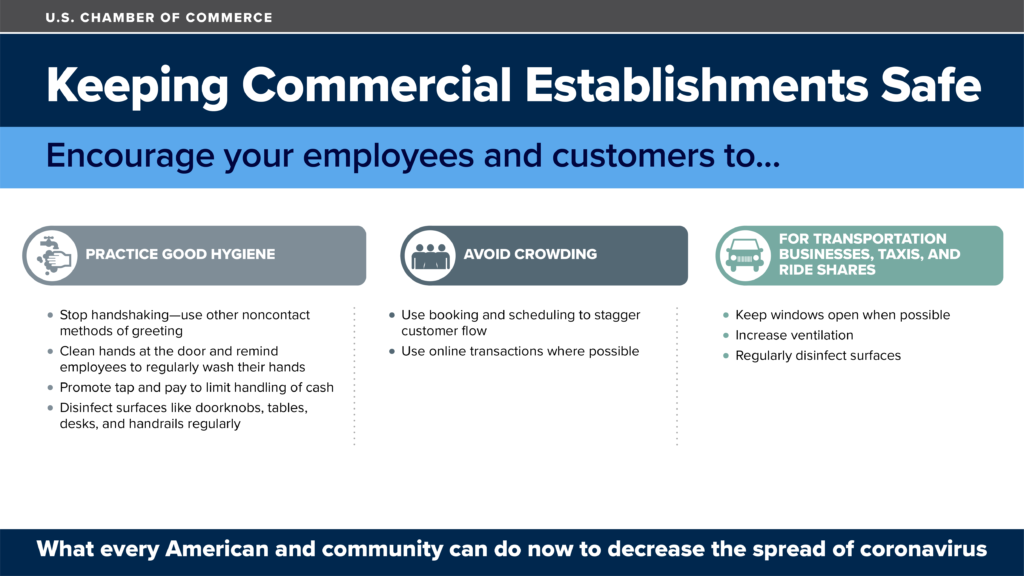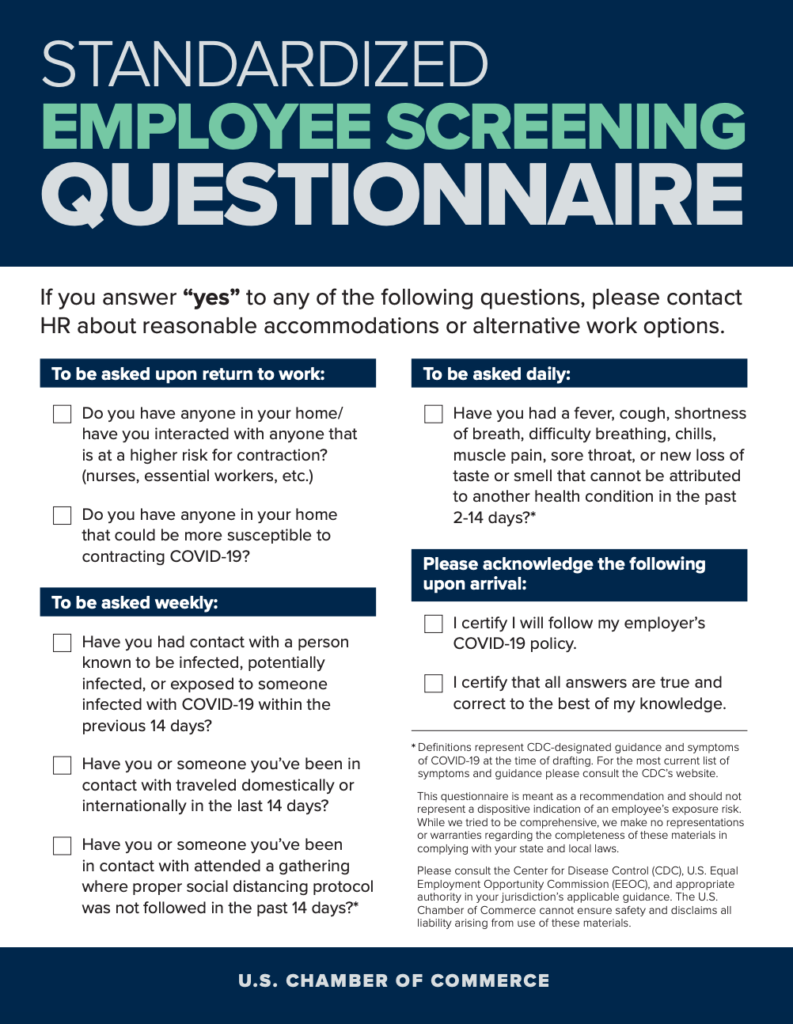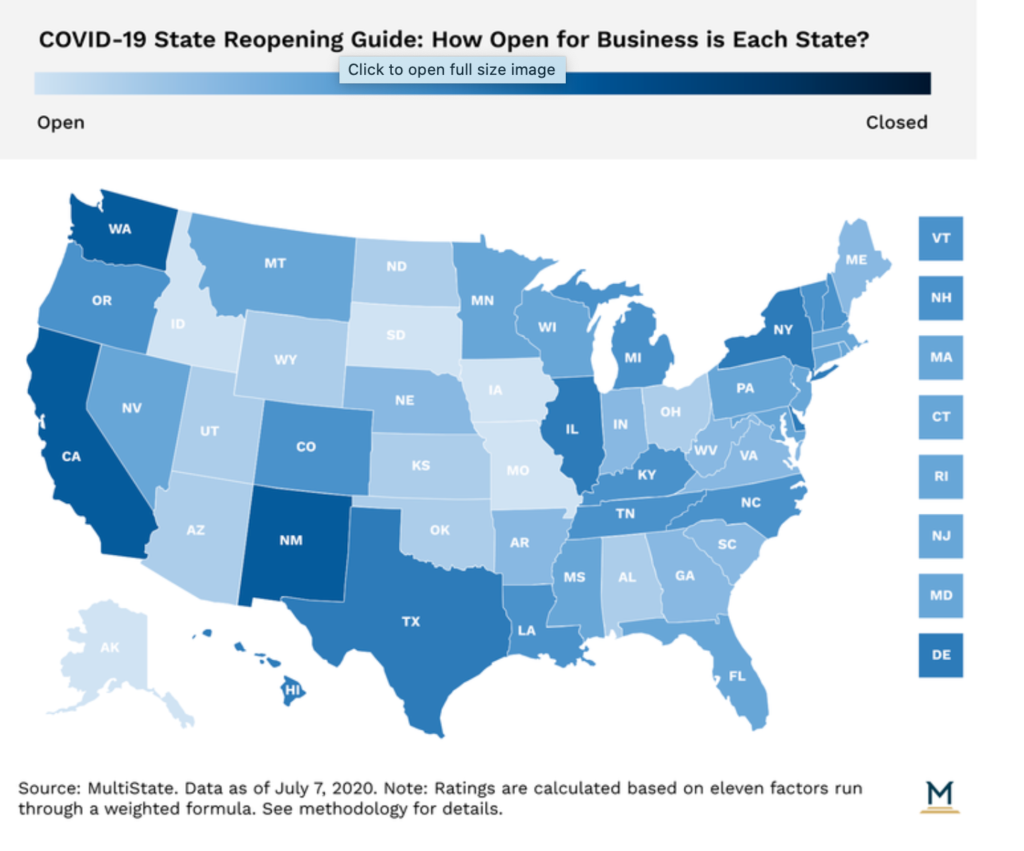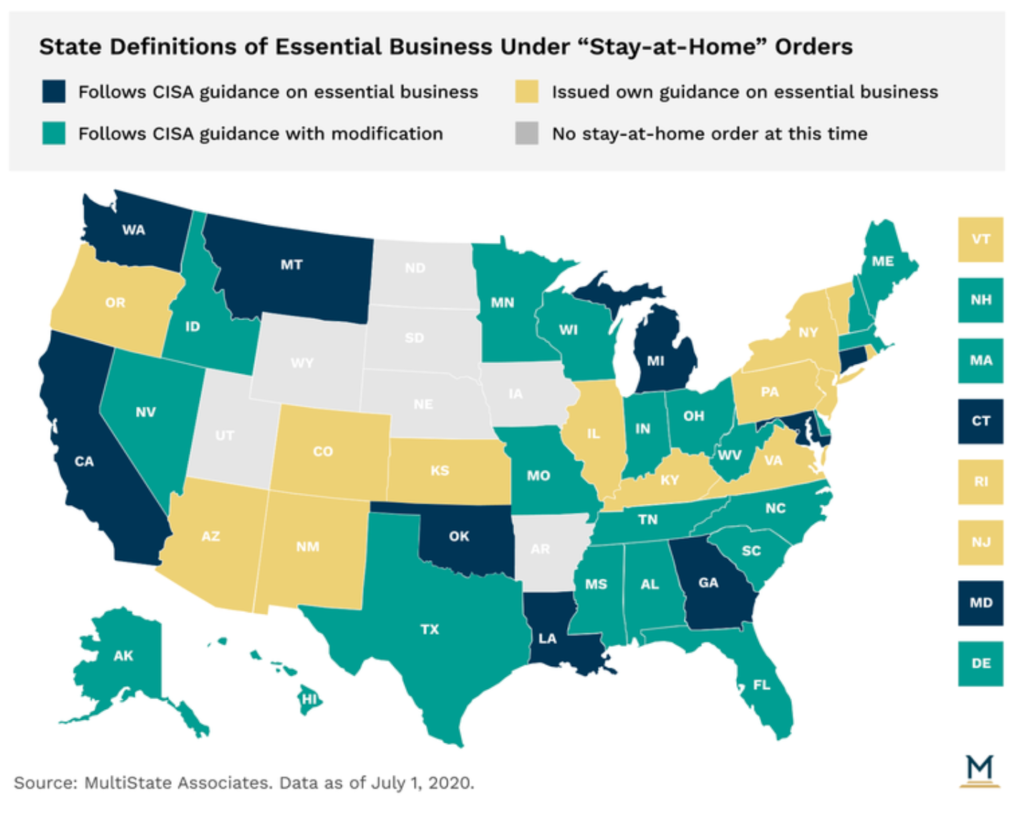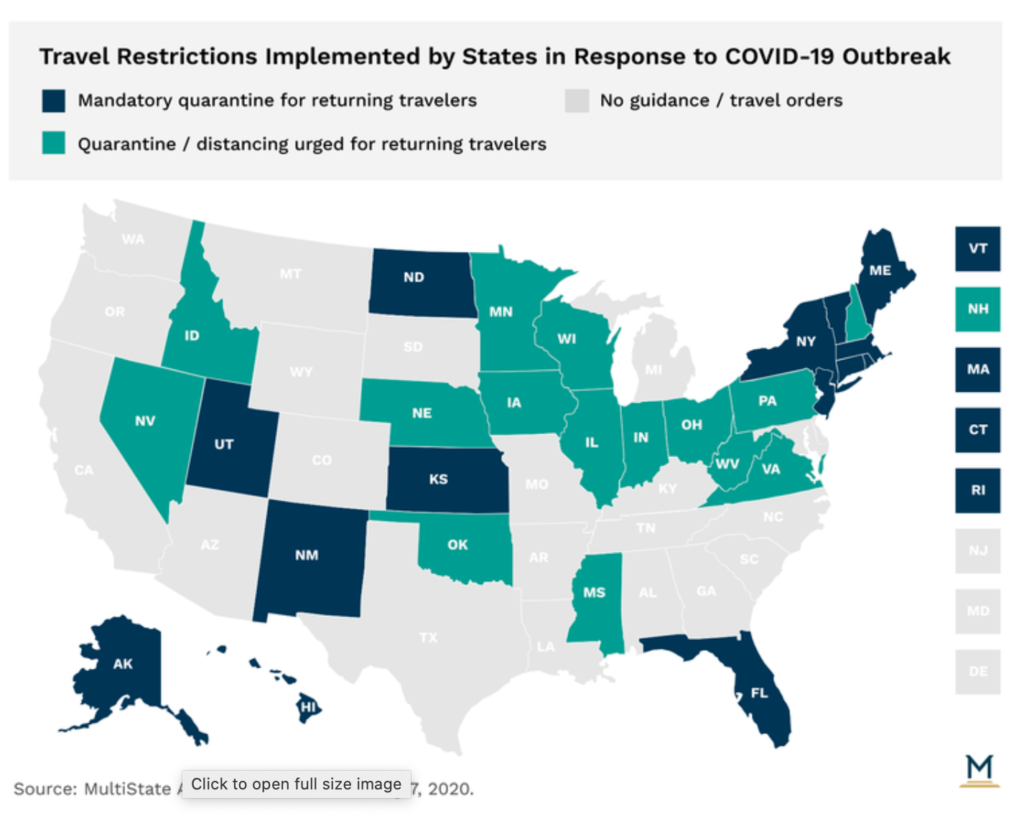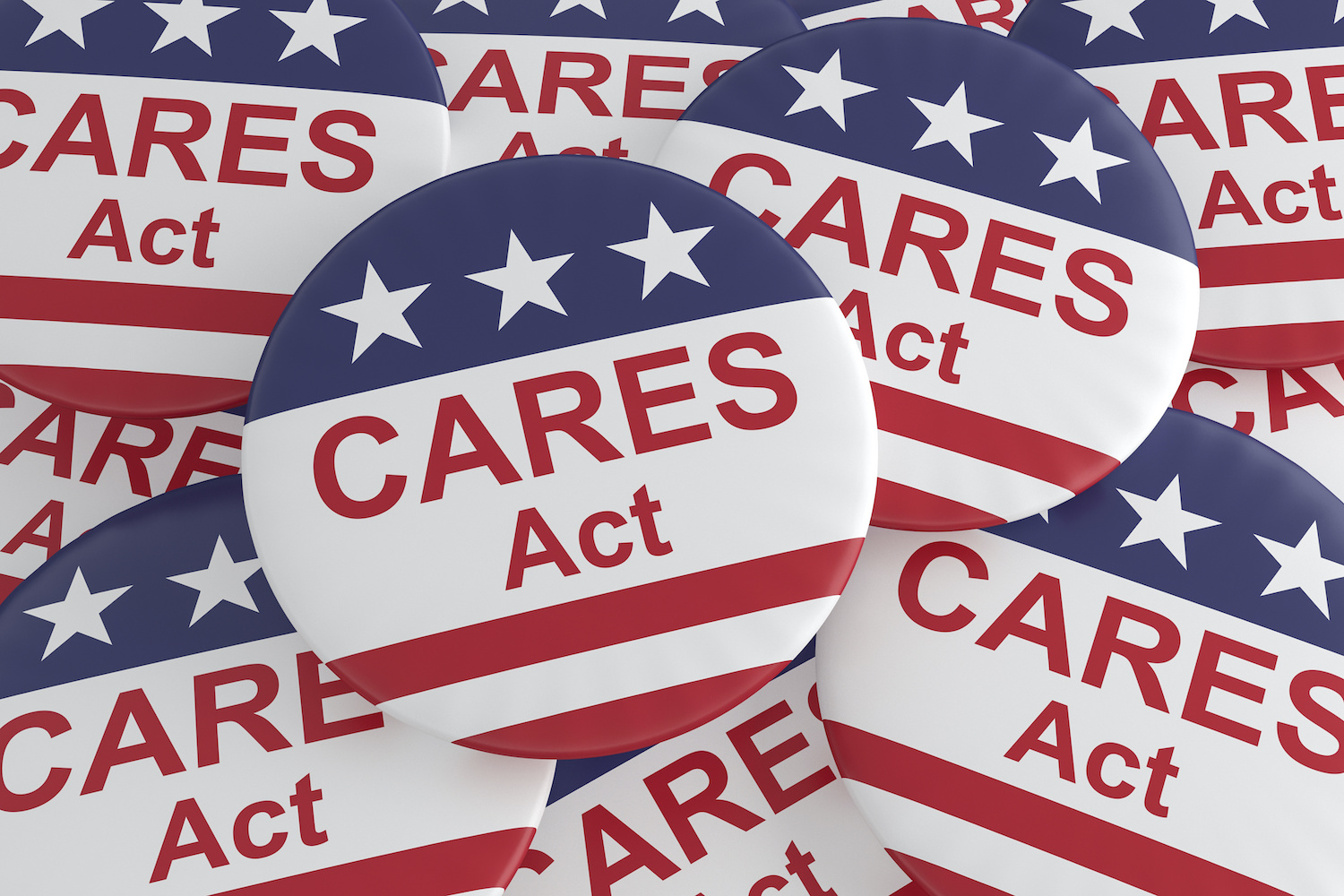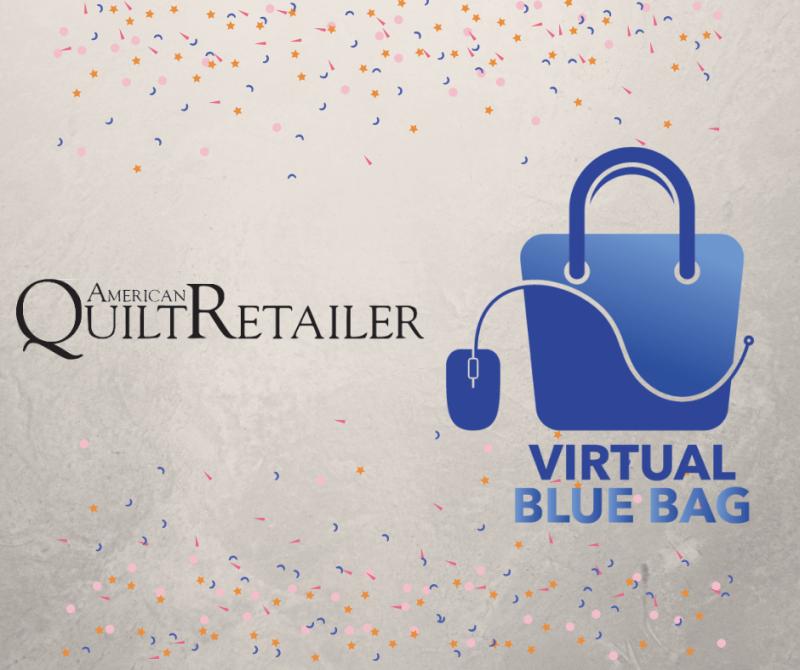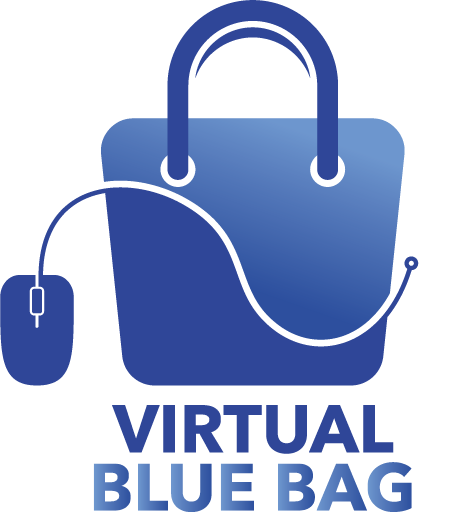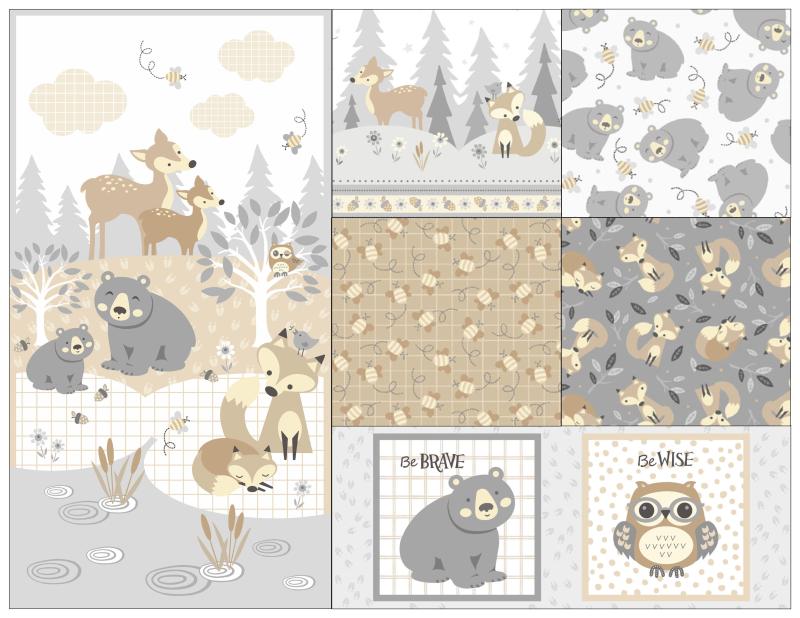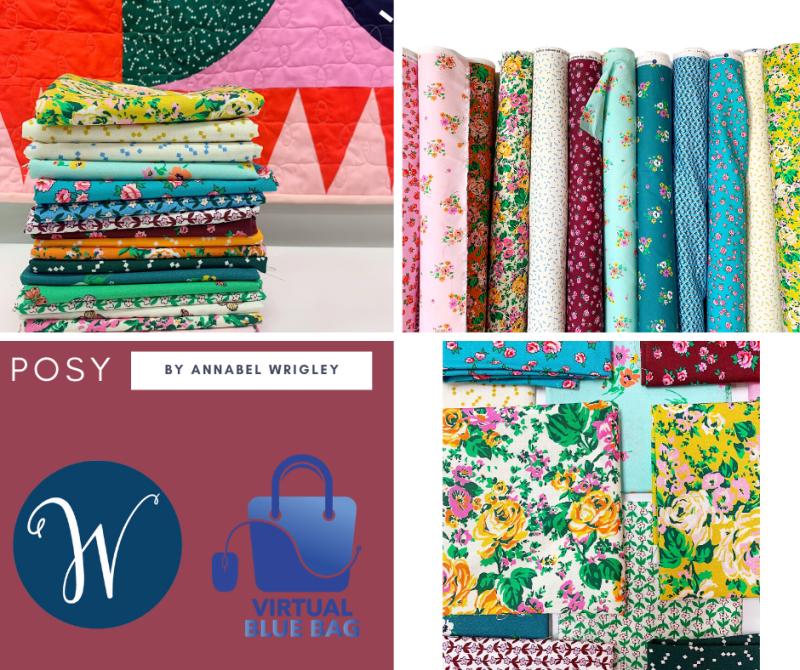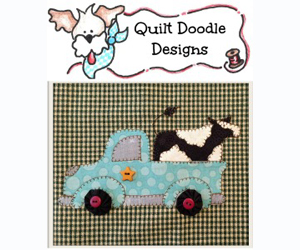
The nation is in varying stages of managing the coronavirus. Check out these five steps to make sure your business is ready for whatever comes its way.
Adapt to the needs
Has your business ever considered a pop up shop? With a second wave of the pandemic likely, consider taking your store on the road with a portable mobile equipped with shop supplies.
Speaking of inventory, we all know masks aren’t going anywhere the remainder of 2020. Make sure you have all the supplies available to keep your community equipped with the proper PPE.
Focus on customer service
Everyone is in differing circumstances right now. It’s more important now more than ever to go the extra mile for the customer. Did someone call requesting a car delivery for their order? Getting questions about why some supplies seem more expensive than others?
Make sure you keep all your customer service requests organized and handled with care. Effectively managing these requests will ensure you keep new customers for life.
Refocus staff
Like many small businesses, keeping your staff employed remains a top priority, which means thinking outside the box. Consider shift work (even if you’ve never done it before) so employees can get orders ready at different times of demand. Also consider getting a work cell phone so staff can text pictures of what fabrics look like.
Communication is key
Simply informing your customer base that you’re open for business isn’t enough. Also inform customers what steps your business has taken to ensure it’s safe to shop. Reach out beyond your typical customer base too; are there restaurants open that need PPE for their employees? Call around and let other small businesses know how you can help.
Managing social content
Some quilt shops have hired a permanent IT person as they don’t see their online presence changing any after the pandemic is through. Facebook live and Instagram may be great for quick sales, but online retail is the best long term option.
The pandemic remains unpredictable, but some things don’t change, and that includes people having time for their craft. By managing effectively, your business can help to fill the need.
Inspiration for this post came from “Managing Through the Coronavirus Pandemic,” by Erin Byrne featured in the June 2020 issue of American Quilt Retailer.
If you’re looking for more information to guide you in owning a retail business, subscribe to American Quilt Retailer today. Already a subscriber? No worries—join our Facebook group for insights and dialogue from industry specialists like you.



